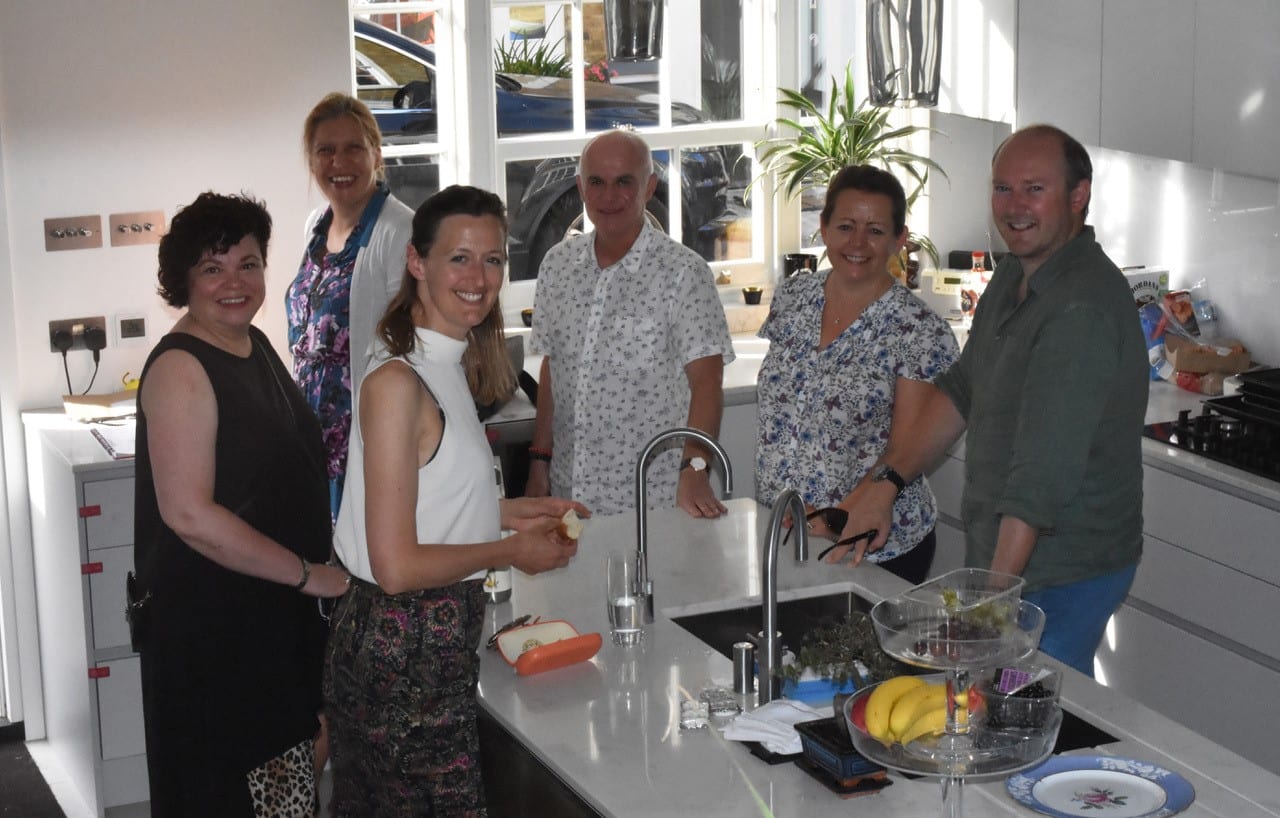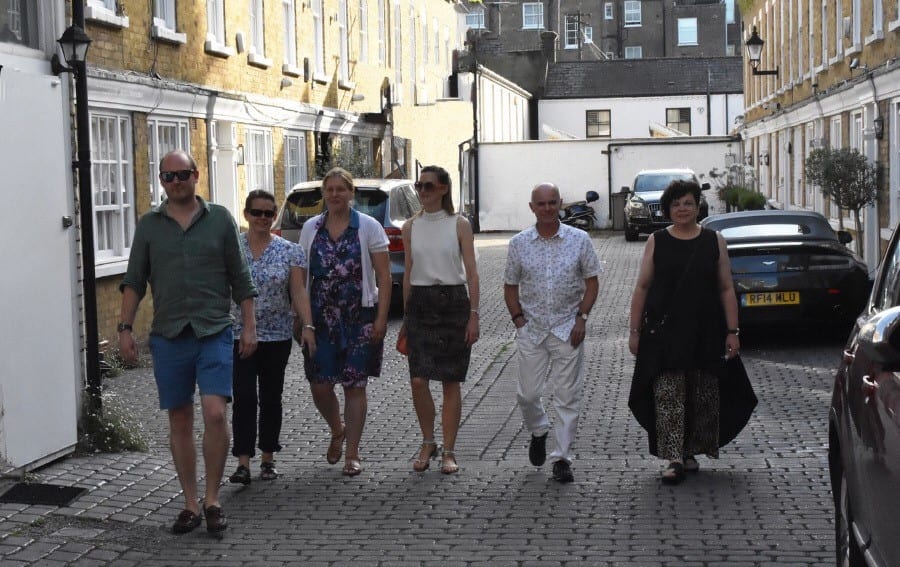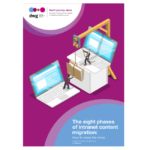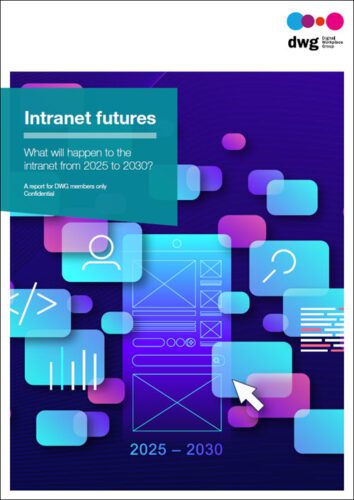No offices – but instead (sometimes) we live together
Twice a year our management team – six of us – live together for a working week. We hire a nice house in a fun part of London or New York (other cities will follow) and we become “working family” for a few days.
That in itself might perhaps be noteworthy, but what adds to the novelty is the fact that the 100-person Digital Workplace Group (DWG) has no offices. We did, once upon a time, have offices in New York and London, but we shut them down about seven years ago and have never looked back.

When people ask: “So where are you guys based?”, I reply: “London and New York – but we are fully distributed”. Few people “get” fully distributed as a term, so then I cut to the chase and elaborate: “We have no offices. We did once but we don’t any more.”
Now, here is a curious thing. Having no offices has brought the company closer together, as I have written about before. Contrary to what most people thought – and frankly me too at the time – getting rid of all the “fixed offices” was not a neutral experience but actually created more trust and better relationships within the company.
How come? A former employee, who had always been a remote worker, captured it when she commented that once the offices had gone, it meant there was “a level playing field”. There was no longer a head office where “power resided” and we were all now equally connected – digitally. Humans like fairness and equality – the equal access brought this and, with it, high levels of trust.
There are multiple other benefits too, including:
- Higher proven levels of productivity – who can get any work done in an office anyway?
- Far less sickness and absenteeism – people are healthier as they don’t “share bugs” and have more opportunities to exercise and look after their own health, plus it is easier to keep working when you’re just “not feeling 100%” when working doesn’t involve a commute.
- Less office politics – working physically together has its value at times but day-in day-out it becomes open to cliques and factions.
- You don’t waste money renting a space for people to work in (although this is very much a subsidiary gain).
So, how come we like living together then? To slightly misquote the Harvard Professor and LSD guru Timothy Leary: “In the future, human-physical connections will become special, sacred, taking on mythical importance.” What Leary was saying – and what I firmly believe – is that while being fully distributed and fully flexible is the future of most work, when you do meet in person it is important to “make it count”.

In DWG, we love meeting in person and do so regularly – through colleagues co-working in shared spaces or people’s homes, having coffee or a meal together, or at monthly gatherings and socials. Then, ramping this up a notch, when the management team gets together to think and plan, we go all out and live together for a while.
The benefits again are surprising:
- It’s cheaper than using a hotel or dull meeting room.
- You get far more actual time together – no travel time or time “between meetings”.
- You get lots of “incidental time” before breakfast, sitting around after dinner, stacking the dishwasher, etc.
- You get to know your colleagues much better and (for me) discover that as well as being the best in the digital workplace business, they are wonderful humans – and all discovered in a far more enjoyable way than on some ghastly “team bonding” activity.
- It’s both huge fun and yet productive – and creates a cultural wash across the company.
We call this the “Big Brother House”, or BBH for short, which is cute – but very definitely not to be confused with the surveillance state.
One fairly typical day in the BBH, in the late afternoon I went to my room to take a quick nap after the main work bit was done, only to be summoned by a text to come down for some news I would enjoy. I dashed down the stairs and my vibrant colleagues shared some inspiring client feedback and an update on some exciting new projects. We all had a tremendous laugh, celebrated together with some tea – and not long later it was time for drinks and dinner.
The longer I spend as CEO and Founder of DWG, the more I see how we are forging new ways of working, patterns and lessons to follow, to create far healthier, more productive, engaging and easier workplaces. What will or should be our next experiment, I wonder? Ideas welcomed.
Take the next step…
Categorised in: → Working at DWG, Digital workplace

